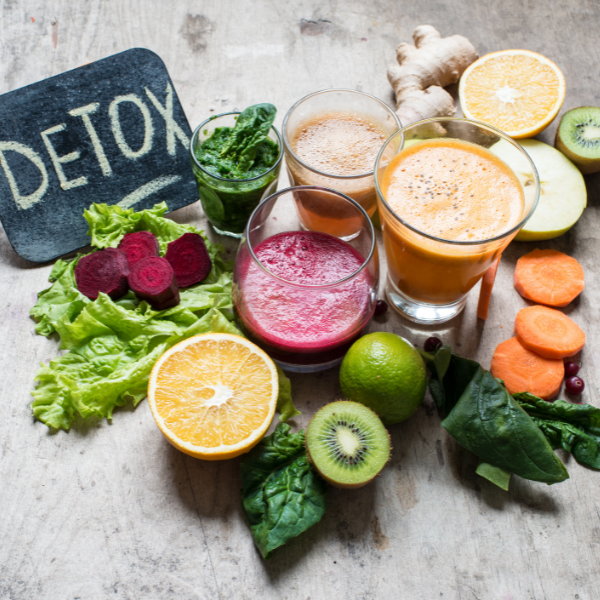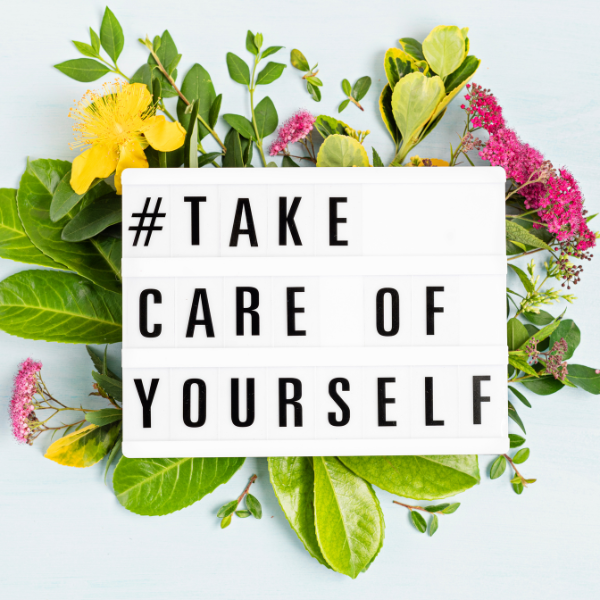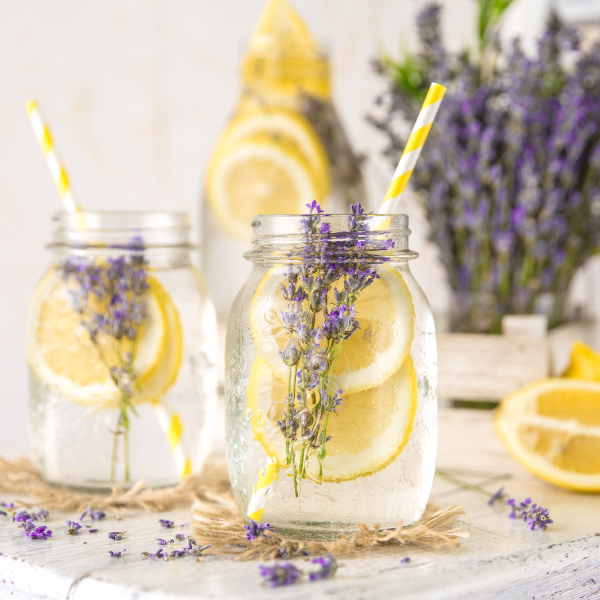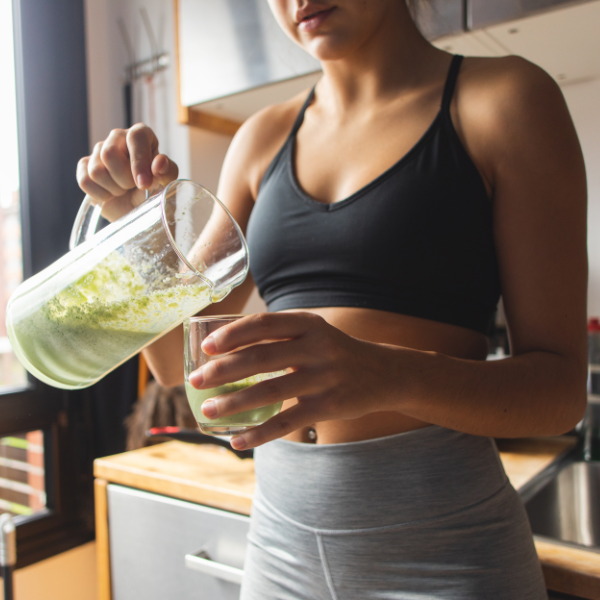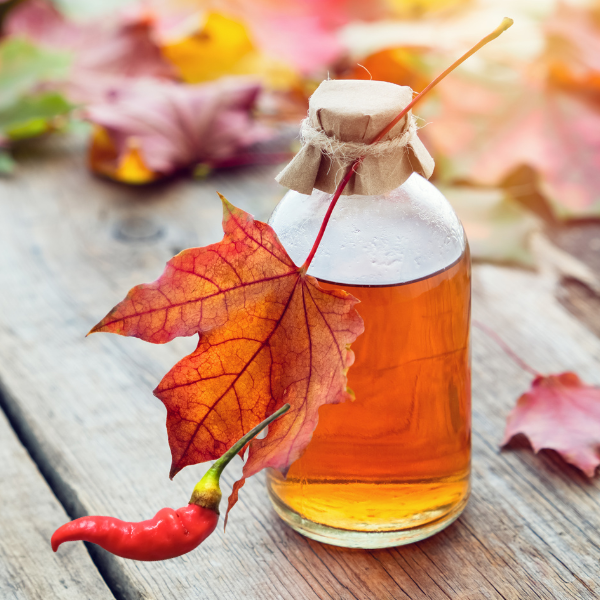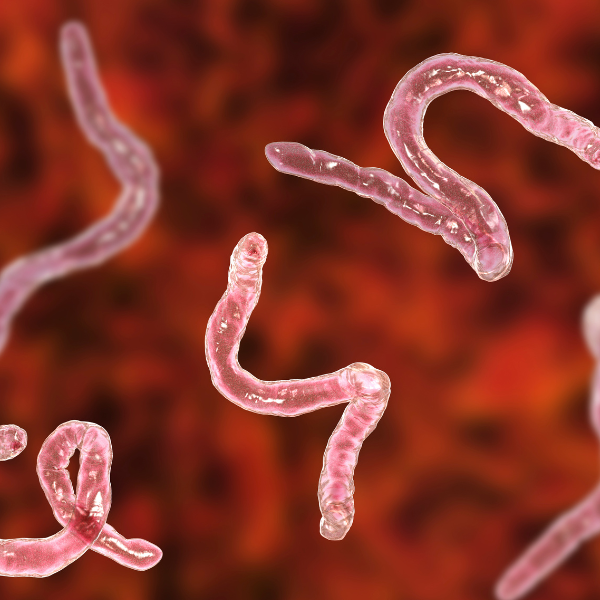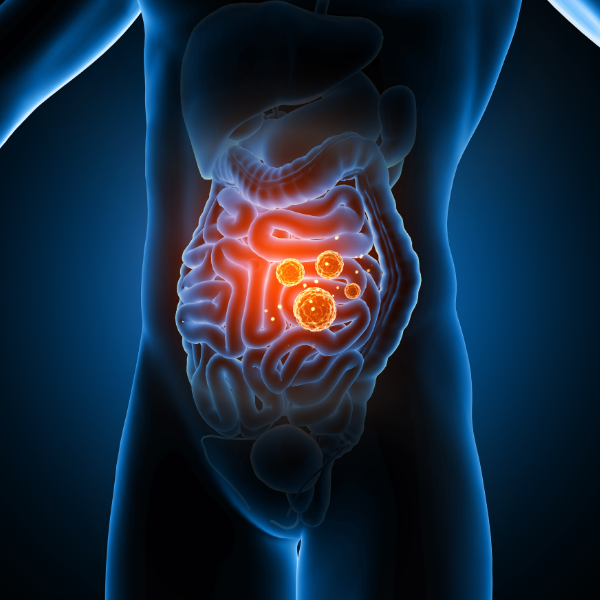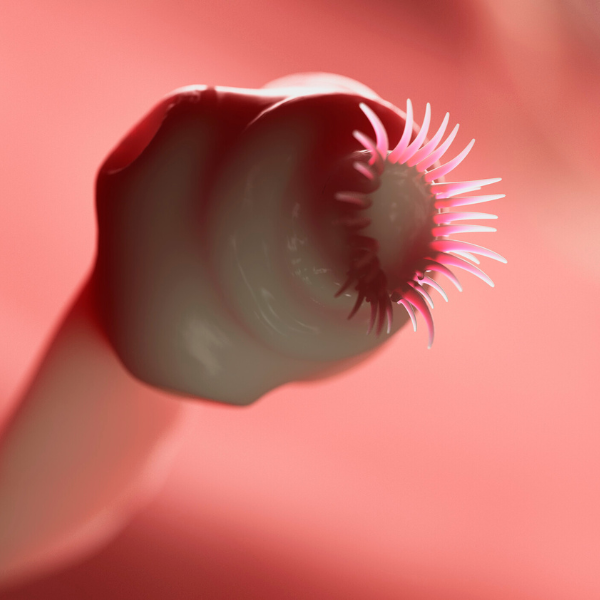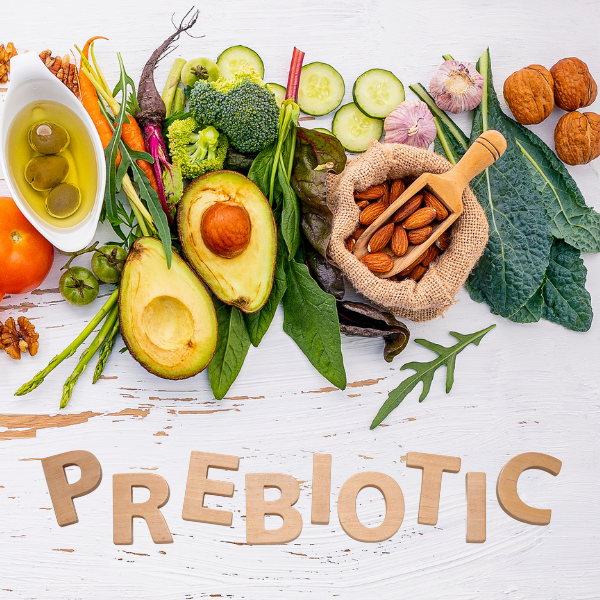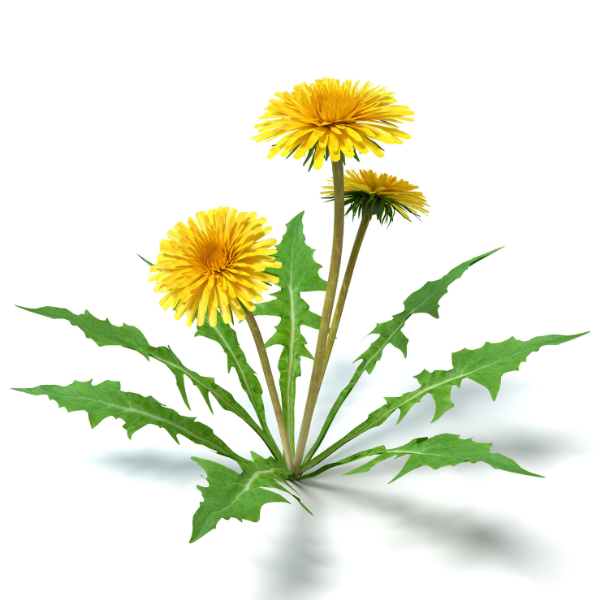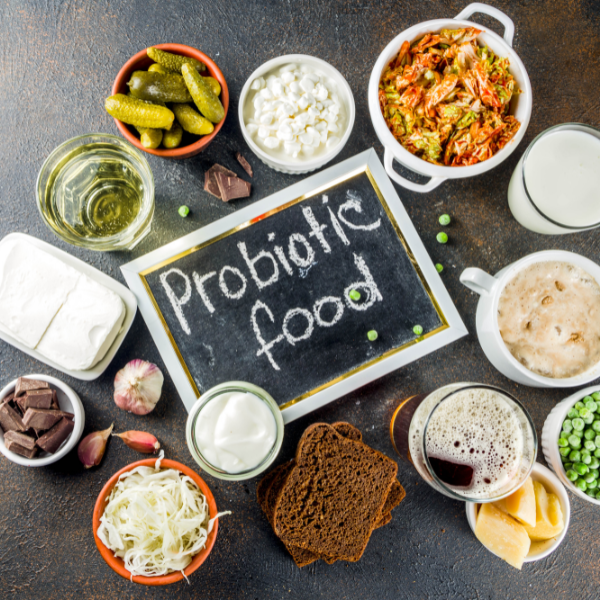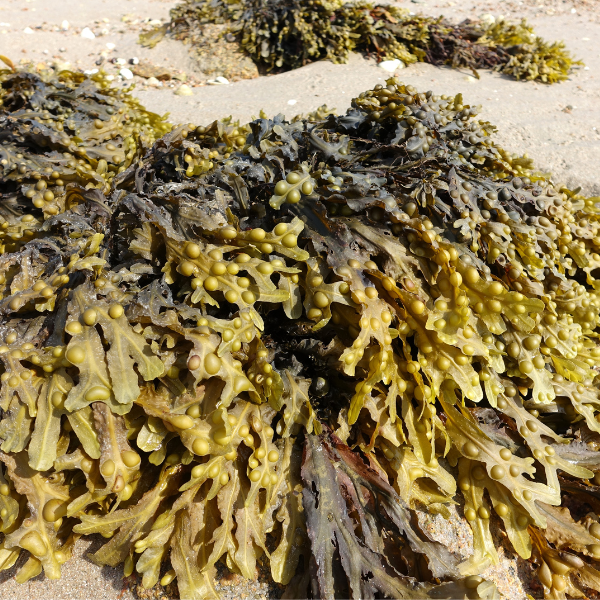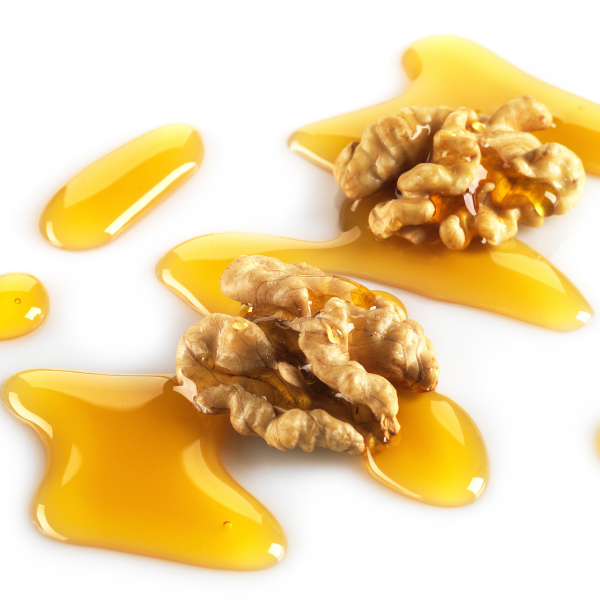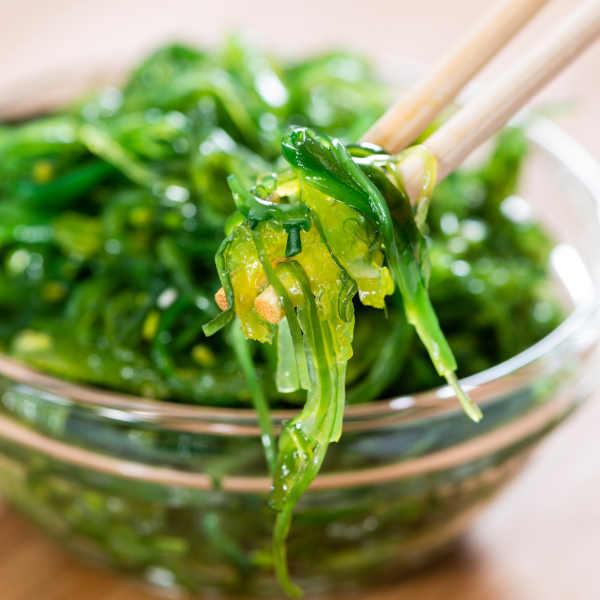What Are The Symptoms of Detoxification & How Long Do They Last?
What is Detoxification?
Detoxification is the process by which the body naturally removes harmful toxins and waste products from the organs and bloodstream. This is an ongoing process that occurs naturally in the liver, kidneys, lungs, and other organs in the body.
Humans Naturally Detoxify
The liver is the main organ responsible for detoxification of the body. It filters harmful toxins and chemicals, transforming them into less harmful substances and excreting them in urine and faeces. Kidneys also play an important role in the detoxification process by filtering waste products from the blood and excreting them in the urine. The lungs are involved in detoxifying the body by removing harmful gases such as carbon dioxide from the body. The skin also plays a detoxifying role by excreting and eliminating toxins through sweat.
Detoxification is a natural, ongoing process that takes place in the body to remove toxins and waste products. By focusing on maintaining a healthy lifestyle through a balanced diet, hydration, and regular exercise, you can support your body’s natural detoxification process. So what are the Symptoms of Detoxification & how long do they last?
Do Detoxes and Cleanses Actually Work?
Not all “detoxes” are created equal. Some people eat only certain foods after fasting. You may be restricted to drinking only juices and liquids. Some also contain nutritional supplements and herbs. It could also include cleaning the colon and lower bowel with enemas and laxatives.
All bodies are different so for example, if you are someone eats sugar all day, and then you suddenly stop, you will certainly experience symptoms of detoxing off the sugar such as headaches, mood swings, and more. You can use coffee, nicotine, or alcohol as similar examples.
Using an herbal or juice cleanse can help speed up the process of healing the body’s natural detox system by reducing stress on the digestive system. Fasting can also speed up the body’s natural ability to detoxify and heal by allowing the body to produce more stem cells.
Common Symptoms of Detoxification
Detox symptoms vary depending on the type of detox diets or cleanse protocols and the duration of fasting. The most common symptoms include headaches, fatigue, body aches, diarrhea or constipation, mood swings, sleep disturbances, and increased sweating.
These symptoms may appear as the body eliminates toxins and adjusts to a new diet and lifestyle. How long the symptoms last depend on how toxic the body was and many other factors. For example, detoxing off of caffein might only take a few days whereas fully detoxing off of a highly addictive compound like nicotine can actually take the body years.
10 Common Types of Detoxes and Cleanses
1. Juice cleanse: A liquid-only diet consisting of raw fresh fruit and vegetable juices. Juice cleanses avoid solid foods to aid in colon cleansing.
2. Water cleanse: A complete fast from all foods including herbal supplements and only water is consumed for a full body detox.
3. Master cleanse: A cleanse made of lemon juice, maple syrup, and cayenne pepper to support a healthy body weight.
4. Raw food cleanse: A detox diet, consisting of only whole foods, raw fruits, vegetables, and nuts to support healthy bacteria in gut.
5. Ayurvedic cleanse: Traditional Indian detox diets that involve only eating easily digestible foods and avoiding processed foods. The detox diet may include herbs such as triphala, which is a blend of three fruits known for their detoxifying properties.
6. Soup cleanse: A liquid-only diet consisting of vegetable soup, usually cabbage soup. No solid foods are in these detox programs.
7. Smoothie cleanse: A diet consisting of mostly nutritious foods and smoothies made from fruits and vegetables.
8. Liver cleanse: A diet that aims to improve liver function through the consumption of certain foods and dietary supplements.
9. Whole 30 cleanse: A 30-day diet plan that eliminates sugar, alcohol, grains, dairy, and legumes.
10. Colon cleanse: A procedure that uses supplements, laxatives, or enemas to flush out the colon.
All of these detoxes and cleanses are great for those who have elevated liver enzymes, liver disease, high blood pressure, or even those just looking for a diet rich in nutrition to detox your body. Evidence suggests that eating patterns and lifestyle practices hold the keys to our well being.
What is a Parasite Cleanse and Do You Need One?
It is estimated that over 1 billion people worldwide are affected by parasitic infections. Areas with poor sanitation may have much higher prevalence, while areas with better infrastructure and health care systems may have lower rates infections. Parasitic infections can have serious health consequences and proper prevention, diagnosis and treatment are essential.
A variety of herbs, dietary changes, enemas, colon hydrotherapy and medications are used to do a parasite cleanse. The goal is to eliminate any parasites in the body and restore balance to the digestive system.
Common parasites that may be targeted during a cleanse include roundworms, tapeworms, flukes, and protozoa. Symptoms of a parasitic infection can include stomach pain, diarrhea, fatigue, and weight loss.
Supports Healthy Inflammation Levels
Research suggests a full body detox annually has the ability to reduce inflammation in the body through several mechanisms.
Calorie restriction:
Reducing calorie intake through fasting or juice cleansing reduces the amount of energy available to the body.This triggers a series of metabolic changes that reduce inflammation in the body. For example, studies show that caloric restriction can reduce the production of pro-inflammatory cytokines, molecules that contribute to the development of chronic inflammation.
Antioxidant content:
Fruit and vegetable juices are rich in antioxidants, compounds that neutralize free radicals and reduce oxidative stress in the body. Oxidative stress is a major cause of inflammation and some chronic diseases.
Gut Health:
Fasting and juicing can help improve gut health, which is important for reducing inflammation in the body. It can promote the growth of intestinal bacteria.
Benefits of Detox Diets
Detoxifying is an essential step in achieving optimal health, which is why our body does it naturally. The health benefits, of helping your body to do it quicker, better, and more efficiently are abundant.
Removing toxins:
Detoxification can help to eliminate toxins from the body, which can accumulate due to environmental pollutants, processed foods, and other factors. By removing these toxins through detox diet, you can improve overall health and reduce the risk of chronic diseases.
Boosting energy:
When you detox your body, you give your entire system a break, which can help to boost energy levels. By reducing the workload on the digestive system, the body can redirect energy towards other functions, such as repairing and healing.
Improving immunity:
Detoxification can help to strengthen the immune system and promote health by removing heavy metals and toxins and supporting the growth of healthy gut bacteria. A strong immune system is important for protecting against infections and diseases.
Enhancing mental clarity:
Detoxification can improve immune health quality sleep, mental clarity and focus by removing toxins that can affect brain function. Additionally, detoxification can help to reduce stress, which can improve overall mental health.
Healthy Foods Become A Healthy Diet
We have always been told to eat your vegetables, but did you ever think they meant sea vegetables? Seaweed, kelp, dulse, sea moss, whatever you want to call it, sea flora is the best food for your health.
Natural herbs and plants help to cleanse and detoxify the body. Some of the herbs that we recommended for detoxification include:
Burdock root:
It contains many minerals such as iron, potassium, magnesium and manganese. It’s also a great source of fiber and antioxidants.
Traditionally used as a blood cleanser and to aid the lymphatic system. It has anti-inflammatory and antibacterial properties that may help support immune function. Some studies also suggest that burdock may have potential benefits in improving skin health, and treating diabetes.
Bladderwrack:
Commonly called Rockweed, a type of seaweed that helps remove toxins from the body, particularly heavy metals. Rich in essential minerals such as iodine, iron, magnesium and calcium, which are important for overall health. Bladderwrack is particularly beneficial for thyroid and liver health, due to its high iodine content, which supports healthy thyroid hormone production.
Rich in anti-inflammatory properties that help reduce the risk of chronic diseases such as heart disease and cancer. It also contains fiber that can support digestive health and regularity. Some scientific research also suggests that bladderwrack may help with both weight gain and loss by reducing appetite and increasing satiety.
Bladderwrack also helps improve skin health by reducing inflammation and boosting collagen production. A word of caution, bladderwrack is a natural source of iodine, which is harmful in excess, so consume in moderation.
Dandelion:
Dandelion is a natural diuretic that can help to flush toxins from the liver and kidneys. It has been used in traditional medicine for centuries for its potential health benefits. Its roots and leaves are often used as a natural remedy in many cultures.
Dandelion root stimulates the production of bile and helps break down and remove toxins from the liver. This makes it a potential natural remedy for liver health. Dandelion root contains digestive enzymes. It also helps improve digestion by increasing the production of sugar and stimulating appetite. Helps reduce gas, bloating and constipation.
In addition to potential digestive benefits, dandelion contains compounds with anti-inflammatory and antioxidant properties.These properties help reduce inflammation throughout the body and protect cells from free radical damage. Dandelion may also help regulate blood sugar levels by increasing insulin sensitivity, and has been shown to have immune-boosting effects that help protect against infection and disease.
Sea moss:
Sea moss, also known as Irish moss, similar to pacific dulse and has gained popularity due to its potential health and nutritional benefits too. A rich source of nutrients, approx 100 x that of land plants just like kelps and seaweed.
In addition to its immune-boosting properties, sea moss can also aid in digestion. Extremely high in fiber, offering beta glucans which reduce inflammation in the gut, promoting healthy gut bacteria growth, and reducing constipation. This makes sea moss an excellent food to include in a weight loss diet, as it is low in calories and high in fiber.
Sea moss also improves skin health. Due to its high mineral content, it can help reduce inflammation, soothe dry skin, and promote collagen production, which is essential for anti-aging. Contains potassium, which is good for brain and nerve function, and iodine, which is essential for thyroid health, regulating mood. A pinch of dried sea moss in green tea is delightful.
Elderberry:
Elderberry helps boost the immune system and can be used as a natural detoxifier. Used in traditional medicine for centuries to treat a variety of ailments. The berries contain compounds called anthocyanins, which are powerful antioxidants that protect cells from damage caused by toxins and free radicals.
These compounds also help support the liver, which is the main organ involved in detoxification in the body. The liver works to break down and eliminate toxins in the body, and elderberry supports liver function so our bodies naturally detox.
Breathe Deeply for Weight Loss
Lose weight quickly by breathing deeply. The lungs are involved in detoxifying the body by eliminating harmful gases. Then there are the 3 P’s: Pee, Poop, and pores, as the skin also plays a role in detoxification by excreting toxins through sweat.
When we exhale 80% of the fat we lose in weight loss is actually through our breath. When we lose weight, the fat cells in our body break down into their respective components, which include carbon, hydrogen, and oxygen. These components are then transported to the lungs and expelled as co2 and water through our breath. In fact, for every 10 kilograms of fat we lose, 8.4 kilograms are exhaled as carbon dioxide and the remaining 1.6 kilograms are excreted through urine, sweat, and other bodily fluids.
Heal Inflammation in the Gut
Fasting and juice cleansing can improve gut bacteria by altering the gut microbiome, which refers to the trillions of microbes that live in the human digestive tract. and plays an important role in overall health.
Studies show that fasting and juicing increase the diversity of the gut microbiome, leading to improved health. Fasting and juice cleansing can cause your digestive track to stop digesting solids, which can lead to changes in your gut flora. Unwanted bacterial growth is suppressed and the growth of beneficial bacteria is promoted. Additionally, vegetable and fruit juices can provide prebiotic fiber, compounds that can nourish beneficial intestinal bacteria.
Care for Your Skin
There is a strong connection between gut health and skin health. The gut microbiome, which is the collection of microorganisms that live in our digestive tract, plays an important role in regulating our immune system and reducing inflammation throughout the body. When the gut microbiome is out of balance, it can lead to increased inflammation, which can manifest in the skin as conditions such as acne, rosacea, and eczema.
Therefore, maintaining gut health through a healthy diet, probiotics, and other gut-supporting supplements can have a positive impact on skin health. Doctors focus on gut health to improve overall health and address skin issues.
The gut needs pre-biotics and probiotics. To make it easy, when you think pre-biotic think fiber! When you think probiotic think fermented!
Swap Added Sugars for Foods Rich in Antioxidants
If you are looking for sugar substitutes that are rich in antioxidants, you may want to consider using raw honey, molasses, powdered monk fruit or maple syrup, as these natural sweeteners contain small amounts of antioxidants along with their sweetening properties. However, it is important to keep in mind that these natural sweeteners are still high in calories and should be consumed in moderation as part of a healthy and balanced diet.
Detox Cleanse Protocol
There are several common cleanse protocols that people follow to detoxify their bodies. Some of the most popular ones include:
Juice cleanse: A juice cleanse involves consuming only fresh juices made from fruits and vegetables for a period of time, typically 1-7 days. The goal is to provide the body with essential vitamins and minerals while giving the system a break.
Water fast: A water fast involves consuming only water for a period of time, typically 24-72 hours. The goal is to give the digestive track a complete break and promote detoxification.
Raw food cleanse: A raw food cleanse involves consuming only raw, uncooked fruits, vegetables, nuts, and seeds for a period of time, typically 3-30 days. The goal is to provide the body with essential nutrients while promoting detoxification.
Master cleanse: The Master Cleanse, also known as the lemonade diet, involves consuming a mixture of lemon juice, maple syrup, cayenne pepper, and water for a period of time, typically 10-14 days. The goal is to promote detoxification and weight loss.
Elimination diet: An elimination diet involves removing unwanted foods from the diet for a period of time, typically 2-4 weeks, to identify food sensitivities and promote detoxification. Common foods to eliminate include gluten, dairy, sugar, and processed foods.
10 Food Ideas for Natural Detoxification
- Swap sugary processed snacks with fresh fruits and vegetables that are high in antioxidants such as blueberries, strawberries, kale, spinach, and carrots.
- Replace refined carbohydrates like white bread and pasta with whole grains like quinoa, brown rice, barley, and oats which provide fiber and nutrients that are beneficial for the gut microbiome.
- Instead of sugary drinks and sodas, opt for water, unsweetened tea, or fresh fruit juices that are low in sugar.
- Snack on nuts, seeds, and legumes in place of high sugar foods for fiber and protein that sustains gut health.
- Use natural sweeteners such as honey, maple syrup, or stevia to sweeten baked goods, coffee, and tea instead of table sugar.
- Choose low-sugar, plain Greek yogurt instead of flavoured yogurts that are high in added sugars.
- Substitute sugary granola bars or cereal for homemade snacks such as trail mix, energy bites, or protein balls made with whole food ingredients.
- Incorporate fermented whole foods like yogurt, kimchi, sauerkraut, or kefir into meals as another way to support gut microbiome.
- Swap sugary desserts for antioxidant-rich treats like dark chocolate, berries, or homemade fruit sorbets.
- Substitute fruit compotes or mashed bananas in place of sweetened jellies, syrups or spreads on toast, pancakes, or waffles.
References:
Bowe, W. P., & Logan, A. C. (2011). Acne vulgaris, probiotics and the gut-brain-skin axis: from anecdote to translational medicine. Beneficial microbes, 2(4), 253-265.
Salem, I., Ramser, A., Isham, N., & Ghannoum, M. A. (2018). The gut microbiome as a major regulator of the gut-skin axis. Frontiers in microbiology, 9, 1459.
Kober, M. M., & Bowe, W. P. (2015). The effect of probiotics on immune regulation, acne, and photoaging. International journal of women’s dermatology, 1(2), 85-89.
Schauder, S., Idriss, H. T., & Harris, R. B. (2017). Gastrointestinal health and the skin. Clinics in dermatology, 35(6), 593-601.
Zhang, L., Wang, Y., Xiayu, X., Shi, C., Chen, W., Song, N., … & Wei, H. (2015). Altered gut microbiota in a mouse model of Alzheimer’s disease. Journal of Alzheimer’s Disease, 45(4), 1333-1344.

